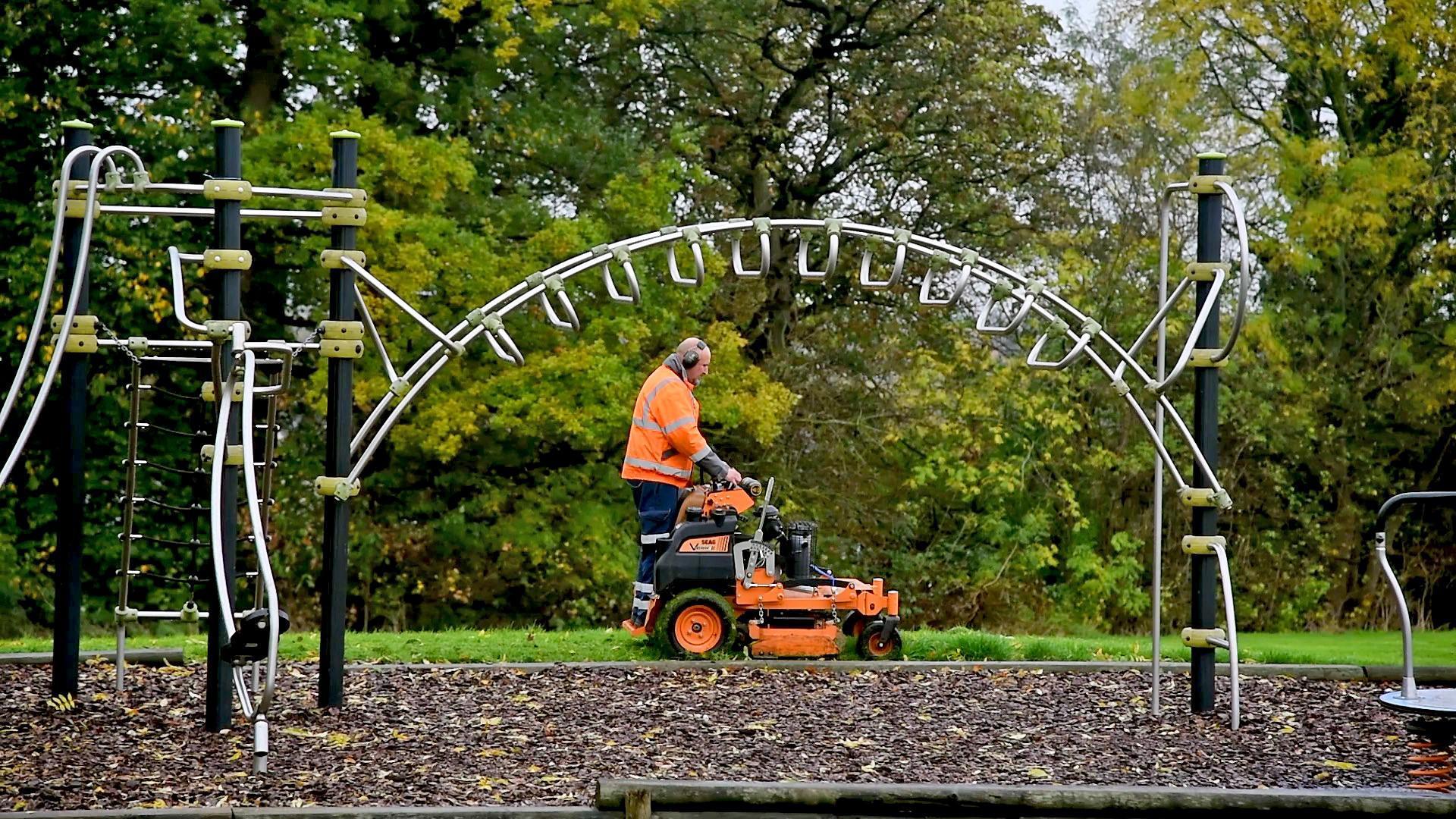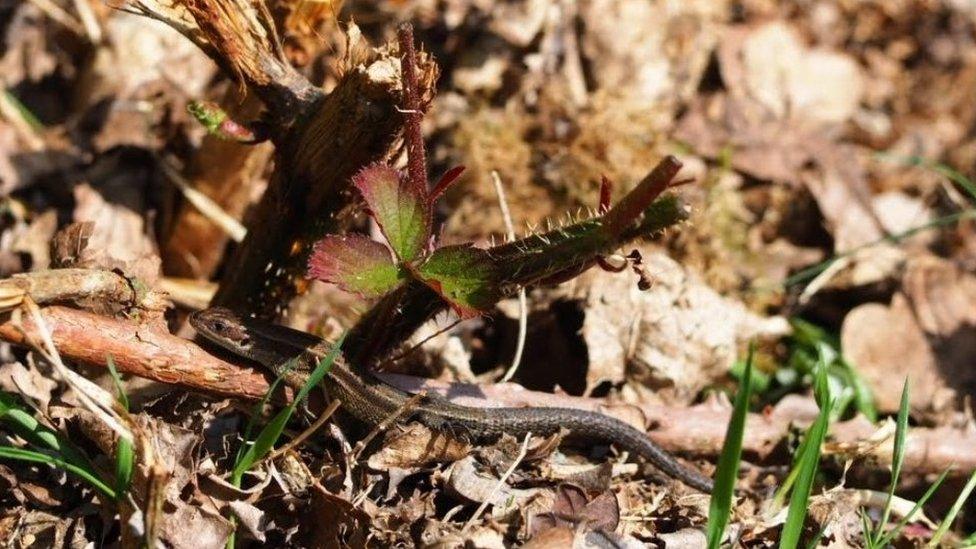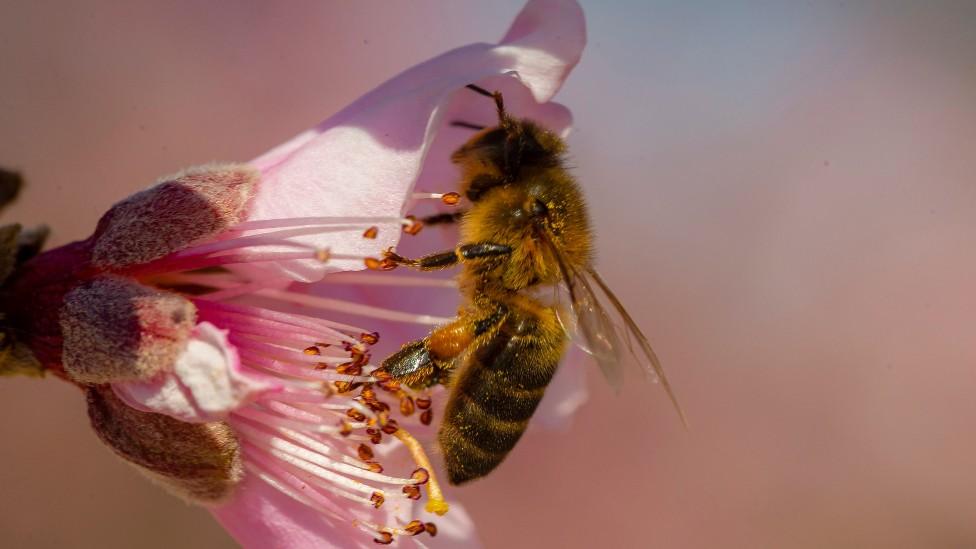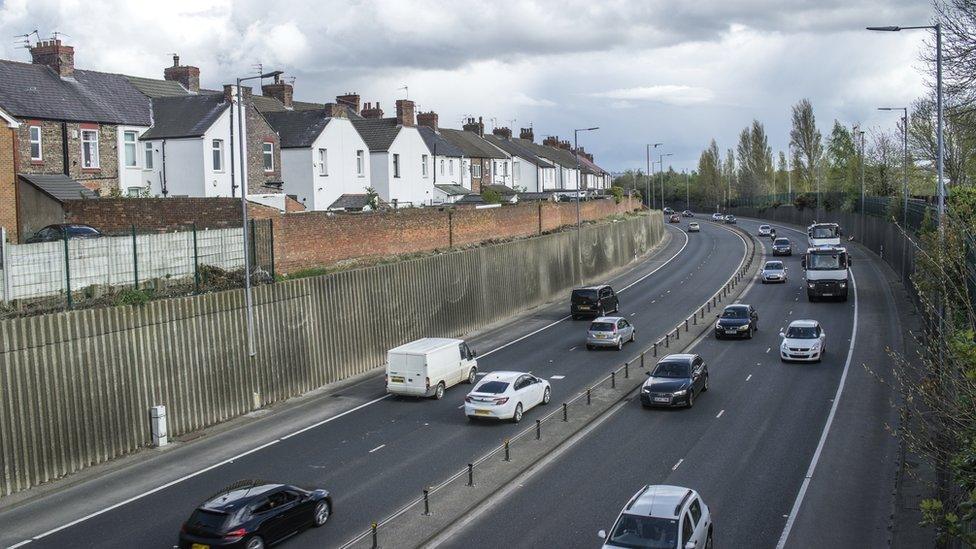Grass cutting reduced to support wildlife

About 14% of Leicester's total surface area is council-managed grassland
- Published
Grassy areas managed by Leicester City Council will be less maintained as part of a strategy to reduce pollution and provide more space for nature.
The authority has introduced a new grass cutting regime where some sites will be left to grow between March and October whilst others will be cut just once or twice a year.
Sports pitches and formal lawns will be mown as frequently as required.
About 14% of the city's total surface area is council-managed grassland including parks and roadside verges.
The Local Democracy Reporting Service said the council's new grassland strategy aimed to help reduce carbon dioxide levels and provide more space for nature to thrive.
Wildflower sites on verges and in suitable park grassland will be left to grow during the flowering season.
Flowering lawns, deliberately planted with wildflowers to improve biodiversity, will be cut up to six times a year.
Areas where grass has been planted to create a habitat will be cut once or twice a year with clippings left to improve the habitats and hibernation sites for some animals.
The council said grass cutting would also need to adapt to a changing climate, with wetter winters and hotter and drier summers.
This means mowing may be delayed following extreme weather.
Deputy city mayor Adam Clarke said: "We want people to realise that if they see longer grass on our parks and verges, this is an intentional change that will support wildlife and pollinators as well as helping the city achieve its net zero carbon goal."
- Published8 April 2023

- Published17 April 2023

- Published28 March 2023
